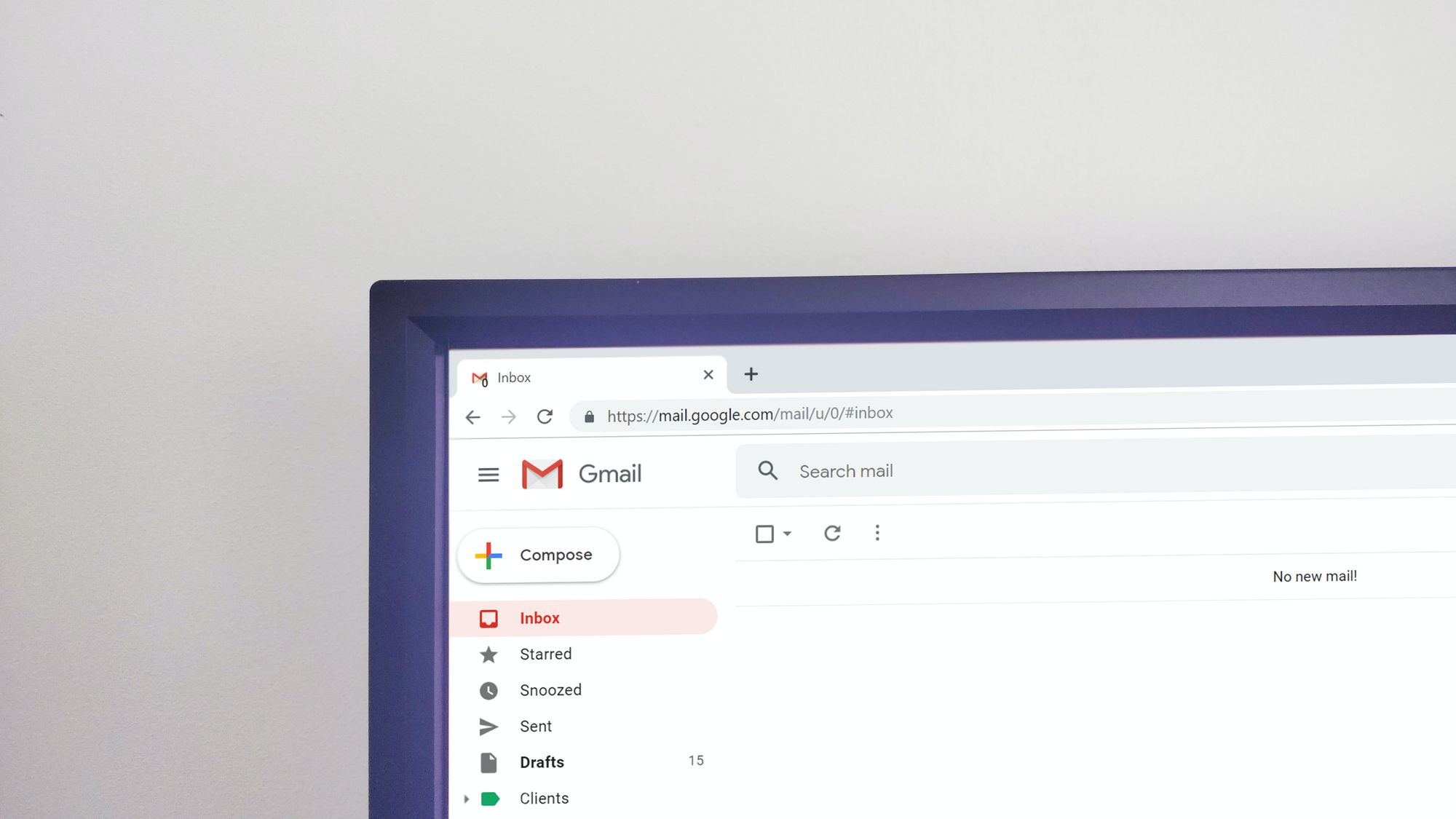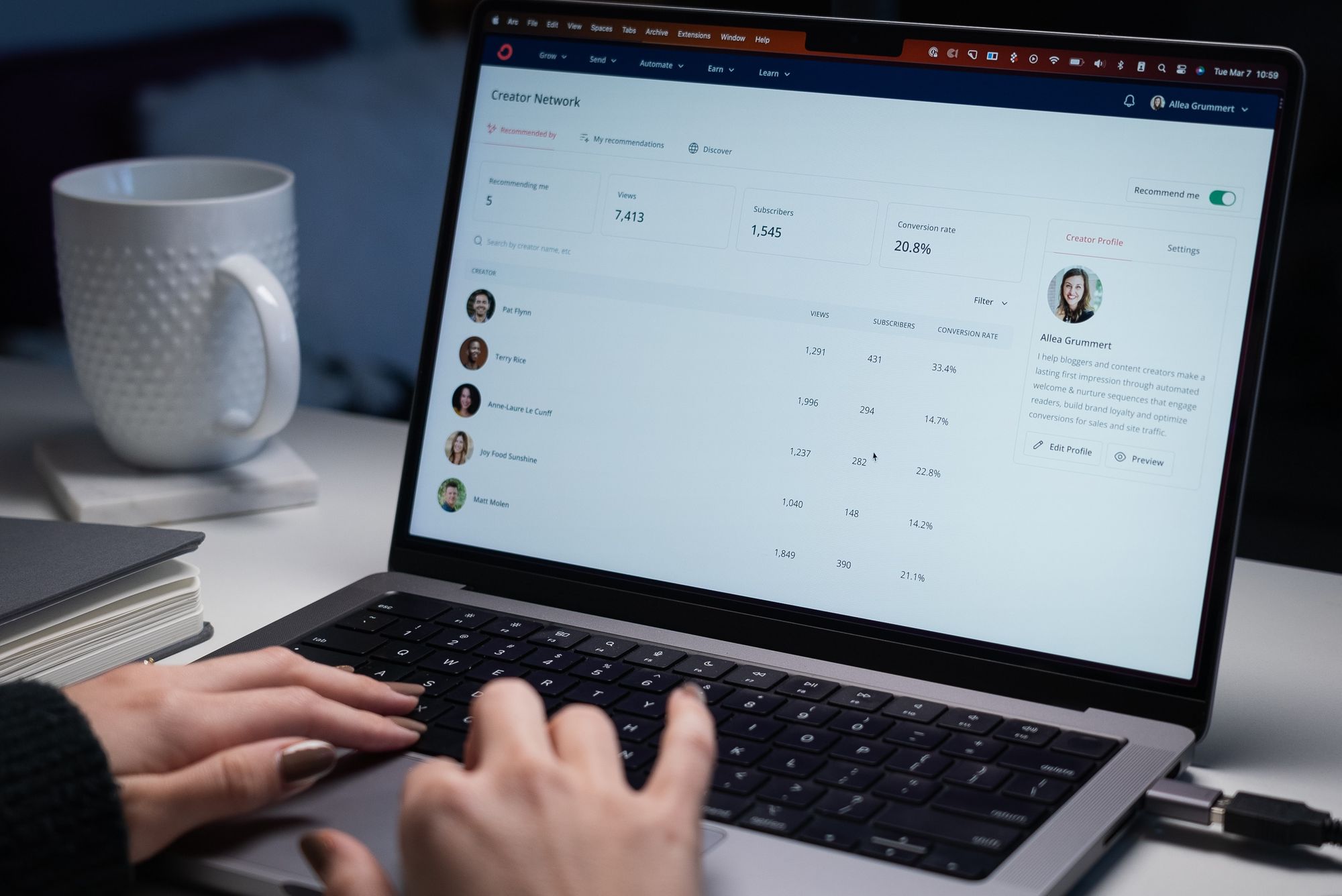Email marketing is a powerful tool for businesses to connect with their audience and drive engagement. To create visually appealing and effective email campaigns, it is crucial to understand the dimensions and design considerations for optimal display across different devices. In this article, we will explore the key aspects of email marketing dimensions, delve into the best practices for email sizes, responsive design, and answer common questions to help you optimize your email marketing efforts.
Understanding Email Marketing Dimensions
Email marketing dimensions refer to the size and layout considerations for designing emails that will display correctly on various devices and email clients. By ensuring your emails are appropriately sized, you can enhance their visual appeal, readability, and deliverability.
Best Practices for Email Sizes

- Width: Aim for a width between 600-800 pixels for your email templates. This ensures compatibility with most email clients and provides sufficient space for content without requiring horizontal scrolling.
- Height: As for the height of your emails, it is best to keep it concise and scrollable. Ideally, limit the height to no more than 1,000 pixels to avoid overwhelming recipients with excessively long emails.
- File Size: Pay attention to the file size of your emails to prevent slow loading times and potential deliverability issues. Keep your file size below 100KB whenever possible by optimizing images and minimizing unnecessary code.

Responsive Design for Different Devices:

- Mobile Optimization: With the majority of users accessing emails on mobile devices, it is crucial to optimize your email designs for mobile responsiveness. Use responsive design techniques, such as fluid grids, scalable images, and mobile-friendly fonts, to ensure your emails adapt seamlessly to different screen sizes.
- Preview Pane Considerations: Consider how your email appears in the preview pane, which typically shows the top portion of the email. Place key elements, such as your logo, enticing subject line, and primary call-to-action, within the preview pane to grab recipients' attention.
- Clear Call-to-Action Buttons: Make your call-to-action buttons prominent, easy to tap on mobile devices, and clearly visible even without zooming. Use contrasting colors, appropriate button sizes, and concise text to encourage click-throughs.
Commonly Asked Questions
Q1. Can I send larger-sized emails for specific campaigns?
A1. While it's generally recommended to stick to optimal email sizes, you can consider larger-sized emails for special campaigns. However, ensure the file size remains reasonable to maintain fast loading times.
Q2. Should I use HTML or plain text emails?
A2. HTML emails offer more design flexibility and can incorporate visuals, branding elements, and interactive features. However, plain text emails can have a more personal and authentic feel. Choose the format based on your campaign goals and audience preferences.
Q3. Are there specific dimensions for email headers or banners?
A3. Email headers or banners should be designed with an aspect ratio that suits your email layout. Aim for a width between 600-800 pixels and a height that doesn't occupy more than 25-30% of the email's overall height.
Q4. What is the best font size for email content?
A4. Opt for a font size between 14-16 pixels for body text to ensure readability across devices. Use larger font sizes for headings and important elements to grab attention.
Q5. How can I ensure my emails are deliverable to all inboxes?
A5. To improve deliverability, follow best practices such as using a reputable email service provider (ESP), maintaining a clean and engaged email list, optimizing subject lines, and monitoring your email performance.
Conclusion
Optimizing email marketing dimensions is crucial for creating visually appealing and effective campaigns. By understanding the best practices for email sizes, responsive design, and considering the different devices used by your audience, you can maximize the impact of your emails. Remember to prioritize mobile optimization, keep file sizes manageable, and focus on clear call-to-action buttons to encourage engagement. By adhering to these guidelines and answering common questions, you can enhance the effectiveness of your email marketing efforts and achieve greater success in reaching and captivating your audience.

